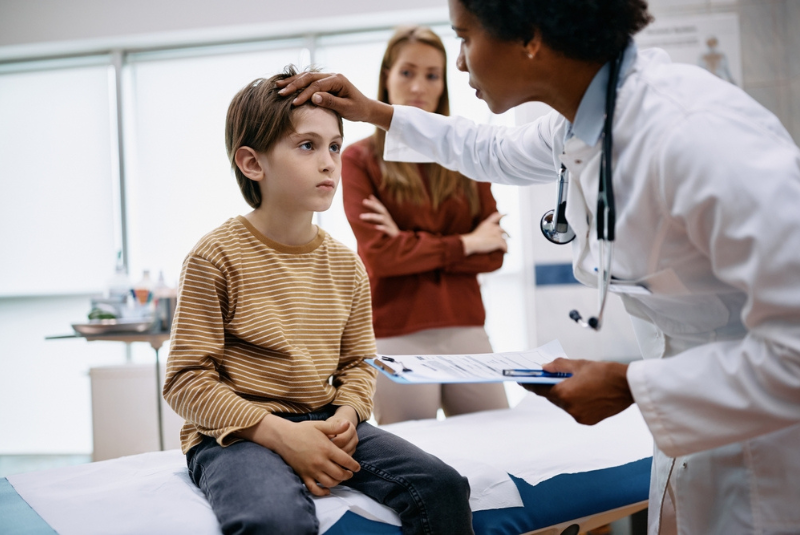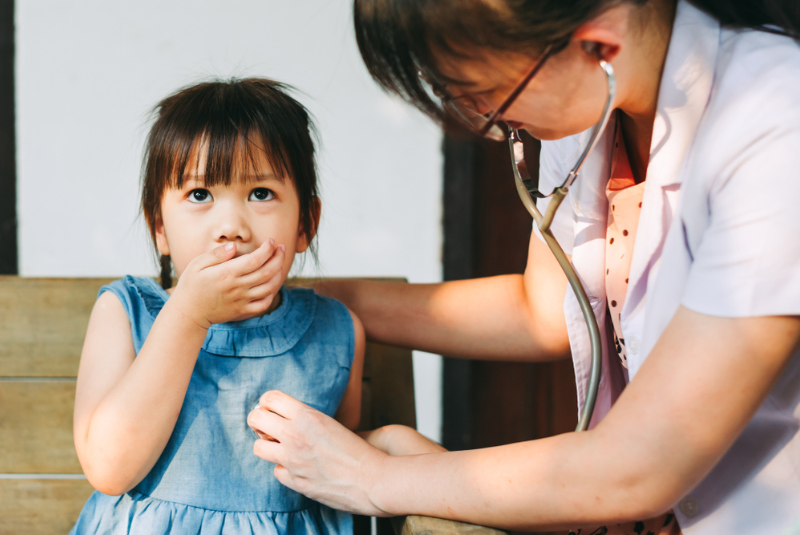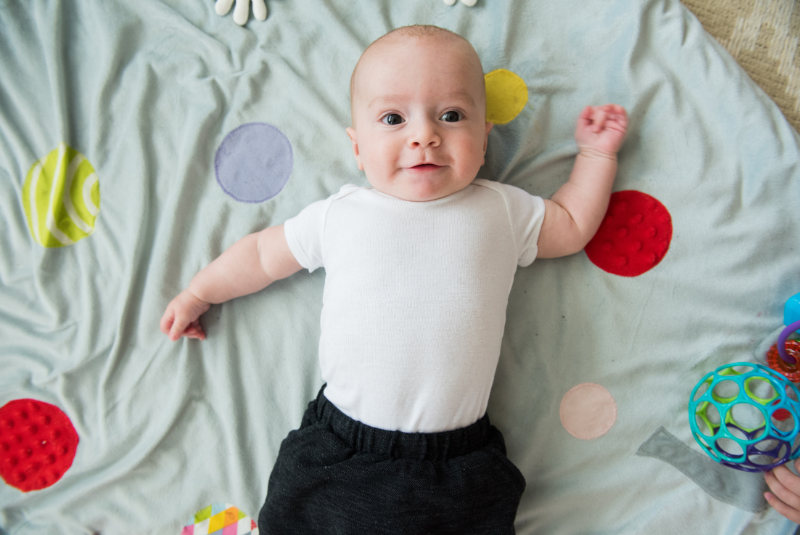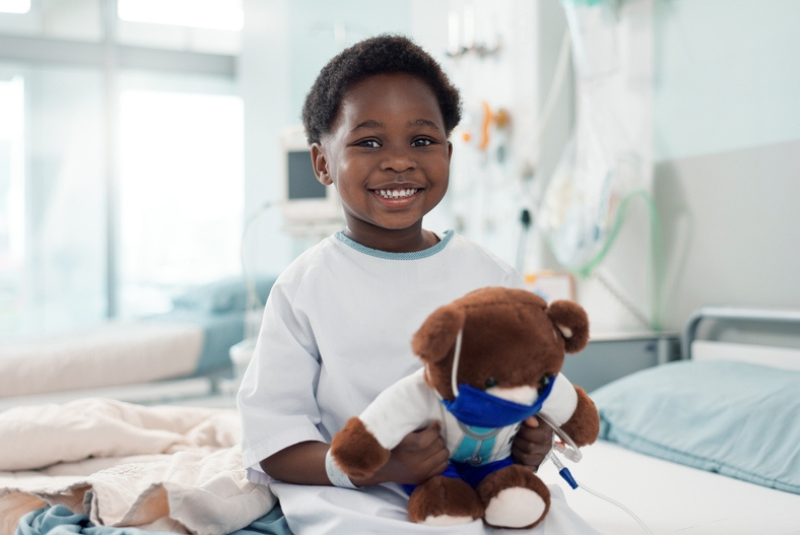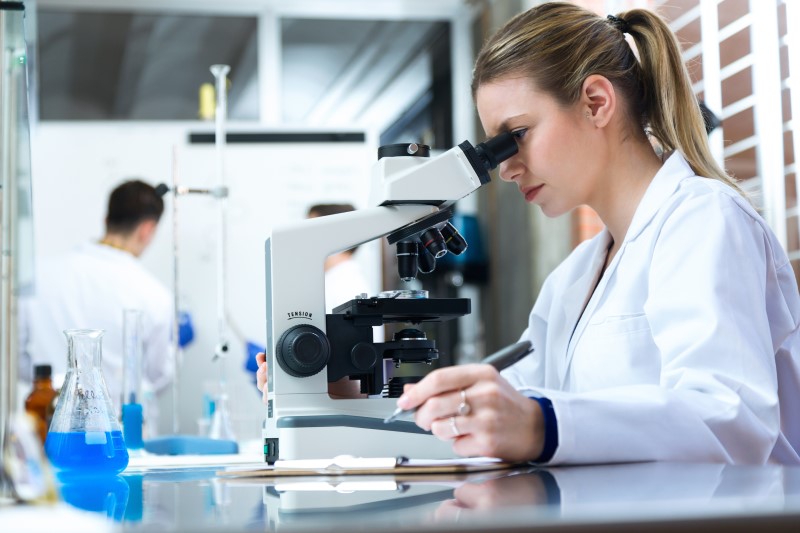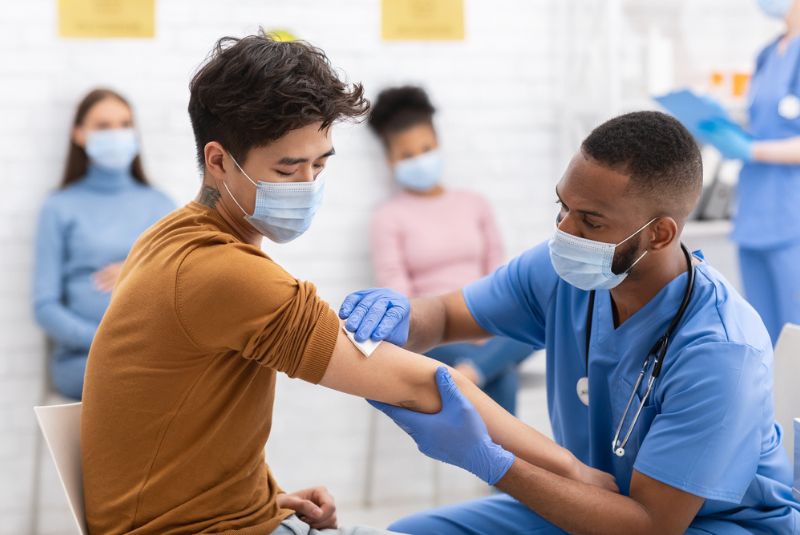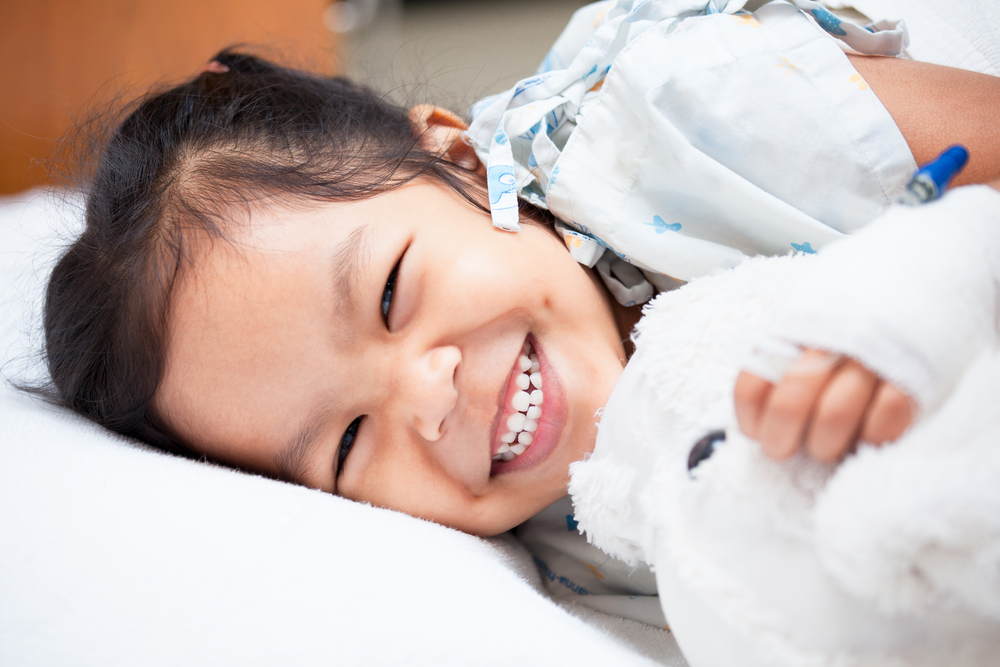Australian and New Zealand Childhood Arthritis Risk factor Identification Study (ANZ CLARITY)
- Project status: Active
Research area: Infection, Immunity and Global Health > Molecular Immunology
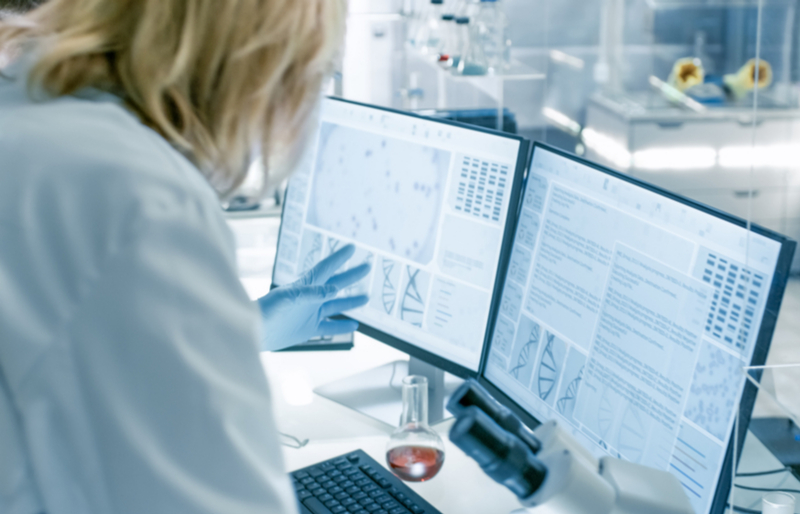
We are establishing a national juvenile idiopathic arthritis (JIA) biobank, called ANZ-CLARITY (Australian and New Zealand childhood arthritis risk factor identification study).
The ANZCLARITY study working to better understand the form of childhood arthritis called JIA in hopes of improving care, identifying cause, and eventually, finding a cure.
The ANZCLARITY study working to better understand the form of childhood arthritis called JIA in hopes of improving care, identifying cause, and eventually, finding a cure.
Overview
Juvenile idiopathic arthritis (JIA) belongs to a group of illnesses called autoimmune diseases. Your body has an immune system, which fights germs and keeps you healthy. In autoimmune diseases, the body’s immune system mistakes a normal part of the body for something foreign (like a germ), and starts attacking the body itself.
In JIA, the immune system attacks the joints and sometimes other body tissues. This is called an autoimmune process and we do not understand exactly how and why this happens. The symptoms of JIA are joint pain and swelling, stiffness (especially in the mornings), difficulty moving and sometimes fevers and rash. There is no cure for JIA.
It is estimated that around 6,000 Australian children have a form of childhood arthritis.
The ANZ-CLARITY Biobank will collect body fluid samples, such as blood, saliva and synovial fluid (joint fluid), from children with and without JIA. These samples are called biospecimens. It will also collect personal and health information from these children. This is often referred to as data. The biospecimens and personal and health information will be stored at the Murdoch Children’s Research Institute (MCRI). They will be used for research.
Juvenile arthritis research at the Murdoch Children’s Research Institute
A/Prof Jane Munro & A/Prof Justine Ellis outline CLARITY, the juvenile idiopathic arthritis bio bank established between Murdoch Children’s Research Institute and the Royal Children's Hospital.
In 2008, the researchers started a Victorian JIA biobank called CLARITY (ChiLdhood Arthritis Risk factor Identification sTudY) so they could look at children’s genes and environment to see how these factors might make some children more likely to develop JIA. To increase the number of children taking part in the biobank, we are now extending our biobank to include children and their families with and without JIA from across Australia.
By establishing a national JIA biobank, we will have a greater chance of discovering why some children are more likely to develop JIA. We also hope to learn why some children with JIA develop a worse type of the illness than others, and why some children respond to treatment and some don’t. Long term, we hope that the new information will help researchers develop new treatments, come up with ideas for prevention, and better care for children and young people living with JIA.
ANZ-CLARITY is also working closely with researchers at the University of Sydney and around the country to establish an Australian Arthritis and Autoimmune Biobank Collaborative (A3BC), to collect data and biospecimens from both children and adults for research into arthritis across all age groups.
Find out more about the A3BC project.
Why is ANZ-CLARITY so important?
The Australian and New Zealand ChiLdhood Arthritis Risk factor Identification sTudY (ANZ-CLARITY) is unique. This study looks at a child’s early life environment and genetic profile to try to:
- identify the reasons JIA occurs among Australian children
- improve knowledge on how to diagnose and treat JIA
- improve knowledge on how to prevent JIA.
We hope that over time, thousands of Australian children, with and without JIA, and their families, will take part in this project. We hope to improve our understanding of JIA by comparing children and their families who have this condition with those who do not. This will involve collecting DNA (the genetic code that determines all characteristics of a living thing) via a blood and/or a saliva sample from participating children, and asking families to complete a questionnaire about their environment.
More resources
Information for participants
The success of this project depends on the generous contribution of children with and without JIA and their families. Each young person's information is valuable to the project and helps us better understand JIA. Thank you for your interest.
Consent form
If you want to be involved in the study, you will need to complete a parent/guardian consent form.
Saliva collection instructional video
This video shows the collection instructions for the Oragene.DNA OG-575 Assisted Collection kit for collecting DNA from saliva. Some geographic restrictions may apply.
Research team
Jane Munro
Jane is a paediatric rheumatologist and Head of the Paediatric Rheumatology Unit at the Royal Children’s Hospital, Melbourne. She is the Principal Investigator of ANZ-CLARITY. She is passionate about conducting research that will improve the care of her patients. She loves working with children and young people and their families. She is also a mum to three kids who keep her on her toes, and she loves reading, planning events and trips, exercising and cooking.
National associate investigators
Peter Gowdie
Peter is a Paediatric Rheumatologist and General Paediatrician with appointments at both The Royal Children’s Hospital and Monash Children’s Hospital where he is the Head of Paediatric Rheumatology. Peter holds an Adjunct Lecturer appointment at Monash University, where he teaches undergraduate medical students. His teaching commitments also include education of postgraduate rheumatology and paediatric specialist trainees.
Peter is actively involved in Rheumatology and General Paediatric research at The Royal Children’s Hospital and Monash Children’s Hospital. Peter has a particular interest in the management of juvenile idiopathic arthritis, juvenile dermatomyositis, periodic fever syndromes and paediatric autoimmune disease such as vasculitis and SLE.
Christina Boros
Christina is a paediatric rheumatologist, who trained at Hospital for Sick Children in Toronto, Canada and sees patients up to the age of 18 years. Christina consults at the Women's and Children's Hospital, where she is Head of the Rheumatology unit. Her main clinical research interests are in Juvenile arthritis, paediatric SLE and other connective tissue diseases and auto inflammatory diseases.
Davinder Singh-Grewal
Davinder is a paediatric rheumatologist with over 15 years of experience in the management of children with rheumatic diseases. He completed his rheumatology training at the Hospital for Sick Children in Toronto, Canada and has worked as a Consultant Paediatric Rheumatologist at Great Ormond Street Hospital in London.
Davinder is currently appointed at all three children's hospitals in New South Wales - The Children's Hospital at Westmead, The Sydney Children's Hospital at Randwick and The John Hunter Children's Hospital in Newcastle - along with Liverpool Hospital in South Western Sydney. Davinder is an active member of Arthritis NSW, which is the peak patient group for children with arthritis.
Navid Adib
Navid is a paediatrician specialising in rheumatology and has been practising at The Wesley Hospital since 2006. Navid's areas of interests include paediatric rheumatology, musculoskeletal and inflammatory disorders, juvenile arthritis, juvenile dermatomyositis, lupus and morphea. Navid is passionate about providing health care to the children in regional and outback Australia and frequently travels to provide clinics near their home.
Navid completed his PhD in Paediatric Rheumatology in Manchester, UK. He trained in paediatric rheumatology at Great Ormond Street Hospital, London and The Royal Manchester Children’s Hospital, Manchester. Prior to his current practice, he consulted in paediatric rheumatology in Manchester. He is a member of the Australian Rheumatology Association and a Fellow of the Royal Australian Collage of Physicians.
Pavla Walsh
Pavla is a Paediatric Rheumatologist and Pain Medicine Specialist, with training and experience in the management of disorders of the musculoskeletal system in childhood. She also works with the Complex Pain and the Paediatric Rheumatology teams at Perth Children's Hospital, and the WA Specialist Pain Service in Cottesloe.
Pavla completed her training at Perth Children's Hospital and The Royal Children’s Hospital. She has considerable experience in helping children and young people with chronic pain issues.
Ben Whitehead
Ben is a paediatric rheumatologist and director of paediatric rheumatology at Lady Cilento Children’s Hospital in Brisbane. He has completed training in both general paediatrics and paediatric rheumatology.
Ben and his team provide care and treatment for children and young people with rheumatic diseases, including juvenile idiopathic arthritis and as well as young adult rheumatology transition services.
It is a free public health service delivering care to children who live in Queensland and northern New South Wales with outreach to regional centres.
Our research
Why do we study genetics?
Genetics is the study of family traits, or how traits such as eye colour are passed on from parents to children. We hope that in the not-too-distant future, doctors will use genetic information to help diagnose, treat, prevent and cure many diseases. Our genes contain the instructions our body uses to build and regulate proteins. When these instructions have minor changes or faults, it means our bodies can’t always build everything correctly, or at the right time. By understanding some of these genetic changes, we hope it will help us understand why the body doesn’t always function perfectly, and how we might correct things when they go wrong. We hope that this might one day lead to more effective medicines and treatments, and perhaps even cures for conditions such as JIA.
What is a biobank?
A biobank is a large collection of personal health and medical information (data), tissue samples, and other biospecimens that are collected for research. The samples and associated data are very carefully collected and securely stored. Patient names are removed from the biospecimens before storage in freezers that can get as cold as -150oC! This helps preserve the samples over a long time, meaning that they can contribute to research now and in the future. One big advantage of a biobank is that many samples can be collected over time and in the same way. This means that researchers have access to enough data to identify links with disease that often can not be seen when only looking at a small number of samples.
What are we currently researching?
Can genetics be used to diagnose JIA?
We are working to see whether genetic information from across the whole human genome can develop a test to diagnose JIA. This could be used when children first present to clinics (like your GP or local paediatrician) with musculoskeletal (joint, muscle, ligament, etc.) symptoms. This project brings together researchers from Australia, the UK and the US so that we can start the research by using existing genetic data to develop a predictive test, called a risk score. This is a score that shows how likely a person is to develop JIA based on their genetics. We then plan to take this new risk score and test how effective it is for diagnosis in paediatric rheumatology clinics across Australia. The National Health and Medical Research Council (NHMRC) currently funds this new, very exciting project.
Why do boys get JIA less often than girls?
Another of our ongoing research projects uses different methods to determine how the risk of developing JIA might differ between the sexes. Many more girls get JIA than boys. We have looked at over 60 genetic changes known to be associated with developing JIA overall. We have shown for the first time that several of these genetic changes increase the risk of developing JIA differently depending on whether you are a boy or girl. This work suggests that the genetic causes of JIA differ between the sexes. To take this further, we are now investigating whether genetic changes on the Y chromosome, which only males have, might contribute to the risk of developing JIA in boys.
Are Vitamin D and Sunshine related to JIA?
We are also very interested in investigating the role of the environment in JIA risk. We know that sunlight is an important way our bodies get vitamin D. Research has previously shown that vitamin D is important in immune health. We are therefore looking to see whether time in the sun across a child’s life (including in the womb) is a factor that is associated with developing JIA.
Are DNA methylation patterns different in children with JIA?
DNA methylation is an ‘epigenetic’ chemical modification to DNA that sits above the DNA sequence and helps to regulate the activity of genes. DNA methylation across the genome can change across a person’s life, often in response to changes in the environment. We are looking to see whether children with JIA have a different DNA methylation pattern compared with children who don’t have JIA. If they do, this might provide new information about the genes that are incorrectly regulated in JIA, and importantly, how these genes are interacting with the environment.
Which genes are acting differently in children with JIA?
Genes are transcribed to an intermediate molecule called messenger RNA (mRNA), and then translated to proteins. The DNA sequence regulates the amount of mRNA that is produced by a gene, and by epigenetics (such as DNA methylation, see above). By measuring and comparing the amount of mRNA produced by (almost) all the genes in the genome in children with and without JIA, we can identify at which genes something has gone wrong. This will increase our knowledge of the causes of JIA and provide new opportunities for developing treatments to put things right.
Publications
Chavez-Valencia R, Chiaroni-Clarke R, Martino D, Munro J, Allen R, Akikusa J, Ponsonby A-L, Craig J, Saffery R, Ellis JA. The DNA methylation landscape of CD4+ T cells in oligoarticular juvenile idiopathic arthritis. Journal of Autoimmunity 2018, 86: 29-38
Beukelman T, Anink J, Berntson L, Duffy C, Ellis JA, Glerup M, Guzman J, Horneff G, Kearsley-Fleet L, Klein A, Klotsche J, Magnusson B, Minden K, Munro JE, Niewerth M, Nordal E, Ruperto N, Santos M, Schanberg LE, Thomson W, van Suijlekom-Smit L, Wulffraat N, Hyrich K. A Survey of National and Multi-National Registries and Cohort Studies in Juvenile Idiopathic Arthritis. Pediatric Rheumatology 2017, 15(1):31
Sun C, Pezic A, Mackey DA, Carlin JB, Kemp A, Ellis JA, Cameron FJ, Rodda CP, Dwyer T, Coroneo MT, Ponsonby AL. Conjunctival ultraviolet autofluorescence as a measure of past sun exposure in children. Cancer Epidemiology, Biomarkers & Prevention 2017, April 26 (Epub ahead of print)
Bima A, Pezic A, Sun C, Cameron FJ, Rodda C, van der Mei I, Chiaroni-Clarke R, Dwyer T, Kemp A, Qu J, Carlin J, Ellis JA, Ponsonby A-L. Environmental and genetic determinants of two vitamin D metabolites in healthy Australian children. Journal of Pediatric Endocrinology and Metabolism 2017, 30(5):531-541
Smith CA, Sun C, Pezic A, Rodda C, Cameron F, Allen K, Craig ME, Carlin J, Dwyer T, Lucas RM, Eyles DW, Kemp AS, Ellis JA, Ponsonby A-L. Determinants of neonatal vitamin D levels as measured on neonatal dried blood spots. Neonatology 2016, 111(2):153-161
Please contact us if you wish to:
- Provide feedback on the ANZ CLARITY study
- Update your contact details
- Self-refer to the study
- Find out more about the study
- Withdraw from the study.
Contact us
The Clarity Study
Murdoch Children's Research Institute
The Royal Children's Hospital
50 Flemington Road
Parkville VIC 3052
Australia
Phone: show phone number
Email:
show email address

